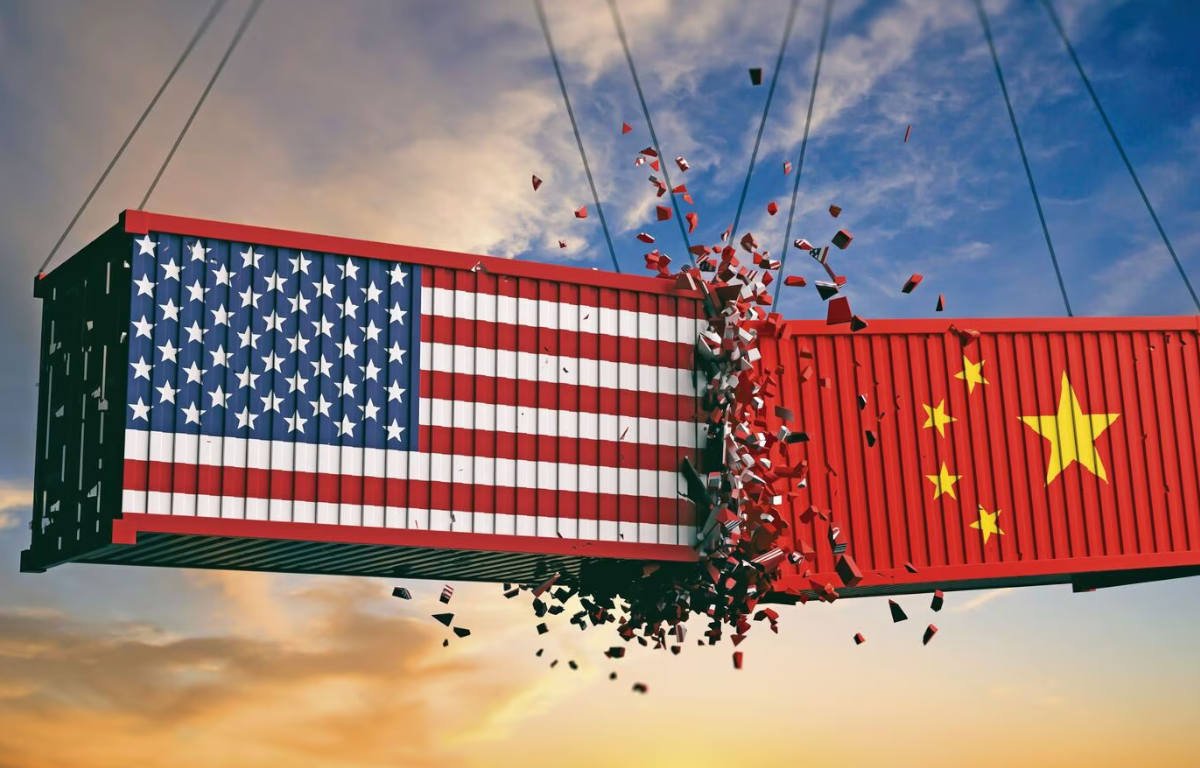
For decades, China has been synonymous with rapid economic growth, fueled by its massive manufacturing sector and robust exports. However, in a surprising turn of events, the United States has positioned itself as the growth leader, leaving China trailing in its wake. This shift has been particularly pronounced in the context of supply chain dynamics.
The supply chain is a multifaceted system encompassing the flow of goods, services, information, and finances across borders. It’s the circulatory system of modern commerce, influencing the growth trajectory of economies. In recent years, China has been the epicenter of global supply chains due to its low-cost labor, extensive manufacturing infrastructure, and competitive export-oriented industries. This position allowed China to become a manufacturing hub, driving its economic expansion.
The unexpected resurgence of the US economy is deeply intertwined with shifts in global supply chains. A combination of factors has contributed to this development. First, technological advancements and automation have made manufacturing in the US more competitive. This has led to the phenomenon of reshoring, where companies are bringing their manufacturing operations back to the US from overseas locations, including China.
Second, disruptions caused by the COVID-19 pandemic exposed vulnerabilities in global supply chains. The resulting supply chain bottlenecks and interruptions prompted companies to reassess their dependence on a single manufacturing source, especially in distant regions. This has triggered a move towards diversification and shorter supply chains, favoring the US and its neighboring regions.
The shift in supply chain dynamics has significant implications for the growth trajectories of the US and China. The US economy’s growing momentum is fueled by increased manufacturing activity, job creation, and investments. On the other hand, China is facing the dual challenge of recalibrating its economy towards domestic consumption while mitigating the impacts of reduced global demand for its exports.
Beyond economics, the supply chain realignment carries geopolitical implications. The US-China rivalry is not limited to trade, but extends to technology, security, and influence. As the US strengthens its economic foundation, it bolsters its position on the global stage.
While the US is currently leading the growth race, the dynamics can swiftly change. China remains a formidable economic force with ambitious plans for technological innovation and domestic consumption-driven growth. The interplay of supply chains, economic policies, and unforeseen events will continue to shape the trajectory of both economies.










Share this: